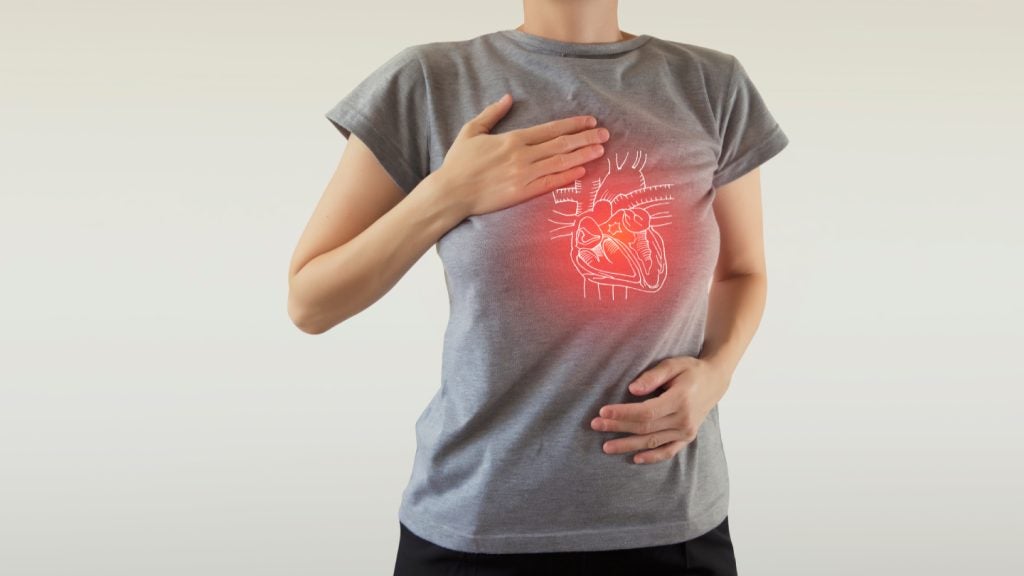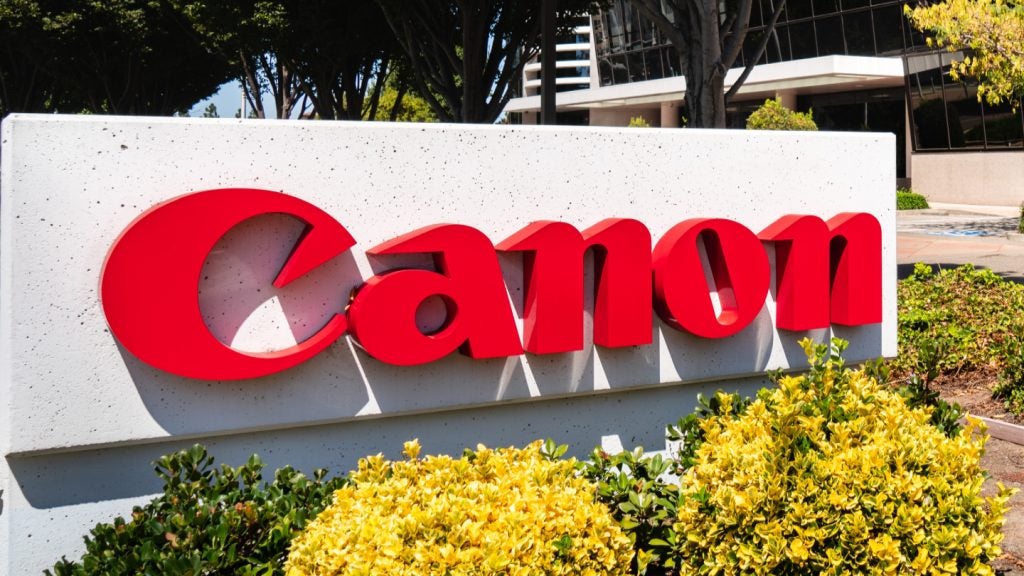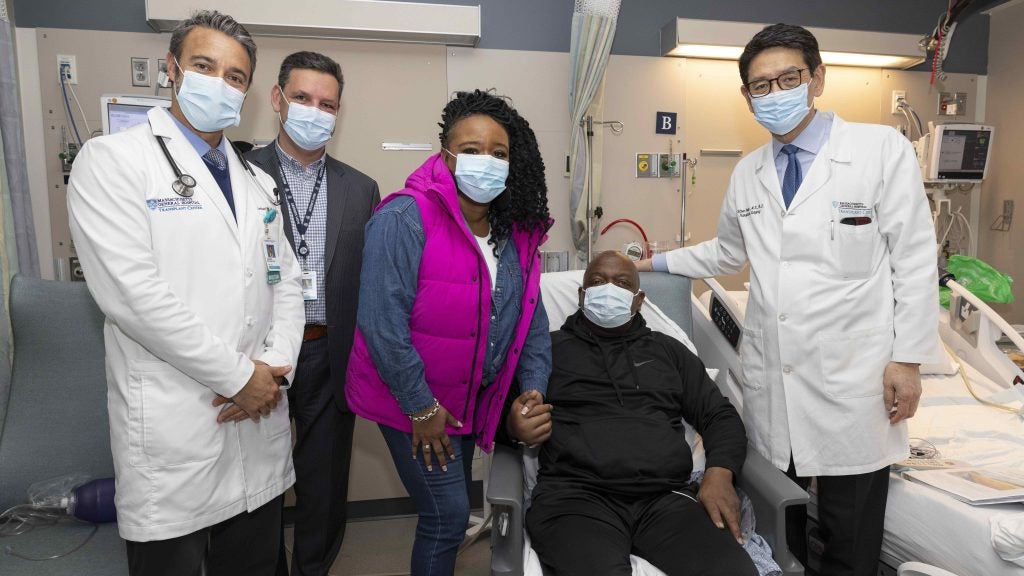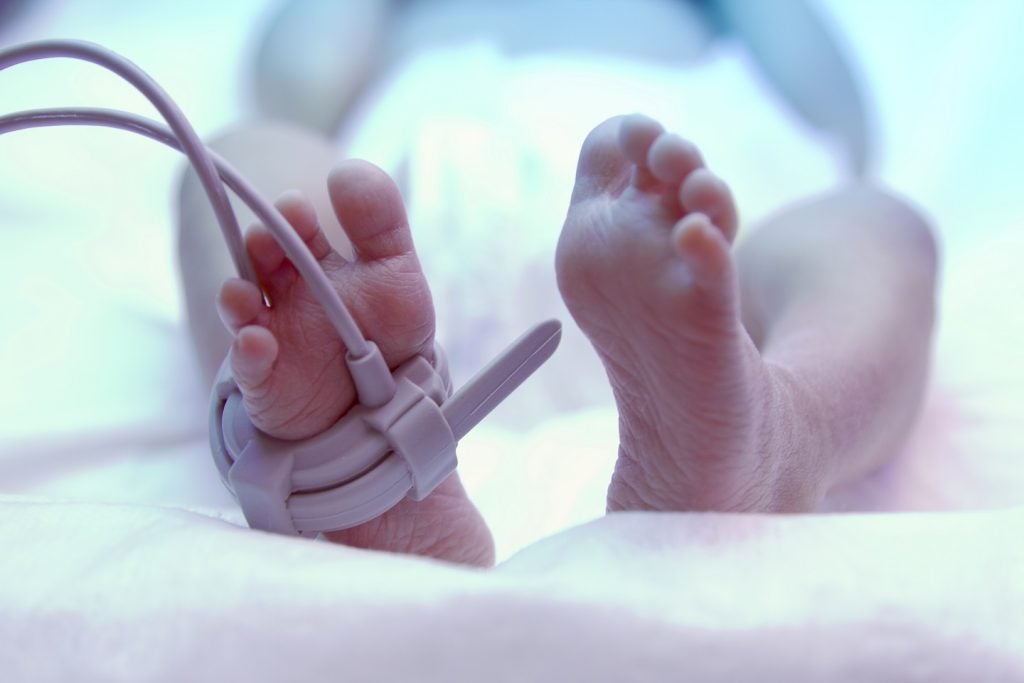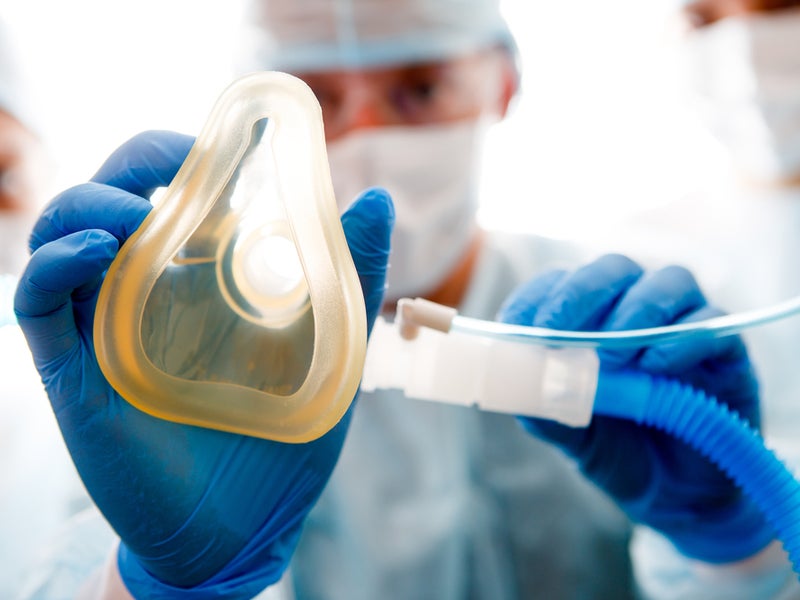
Until the discovery of general anaesthesia in the middle of the 19th century, surgical procedures were performed only as a last resort for the desperately ill. The agony of undergoing an operation while fully conscious and aware of one’s surroundings left many patients favouring certain death over the prospect undergoing surgery. When inhaled anaesthesia came into common use, rendering patients unconscious and unable to feel the pain they would be otherwise forced to endure, it opened up a new frontier in medicine.
In recent years, attention towards the contribution of inhaled anaesthesia to climate change has steadily increased. Anaesthetic gases have been linked to ozone depletion in the stratosphere and to greenhouse warming in the troposphere. Being able to capture and recycle these gases could go a long way towards mitigating this, but it’s only recently that this kind of technology has become readily available.
German life sciences firm ZeoSys Medical is now working with Baxter International, a global leader in sterile medication production and delivery, to commercialise such a technology.
Baxter senior marketing manager Charmaine James says: “The technology has actually been around for quite a long time. I think what’s changed is people’s focus on the environment. The reason why inhaled anaesthesia is different to other pharmaceuticals is that very little is metabolised by the patient. The majority of what is utilised is exhaled by the patient and then goes out into the atmosphere.”
Removing the environmental impact from surgery
ZeoSys Medical’s recycled anaesthetic gas technology is designed to recapture and reprocess desflurane, sevoflurane and isoflurane, allowing the anaesthetic gases to be reprocessed and reused later. The suite consists of two components: the CONTRAfluran canister, which separates anaesthetic gas from expired air for safe capture and storage, and the SENSOfluran Fill Level Control Unit, which monitors canister status to signal when canisters need to be exchanged.
The components are designed to work in a variety of clinical settings with existing anaesthesia machines, attaching to the devices and preventing gas exhaled by the patient from escaping into the environment.
How well do you really know your competitors?
Access the most comprehensive Company Profiles on the market, powered by GlobalData. Save hours of research. Gain competitive edge.

Thank you!
Your download email will arrive shortly
Not ready to buy yet? Download a free sample
We are confident about the unique quality of our Company Profiles. However, we want you to make the most beneficial decision for your business, so we offer a free sample that you can download by submitting the below form
By GlobalDataZeoSys managing director Christian Ewers says: “The canister is filled with activated carbon, which absorbs the gas. Using this kind of activated carbon, we can prevent the gas going into the atmosphere.”
Once the CONTRAfluran canisters are full of exhaled gas, Baxter ships them to a specialised facility in the south of Berlin, where the captured gas is extracted, separated and sterilised for future use as a new activated pharmaceutical ingredient (API) for anaesthetic gases.
The purified anaesthetic gas can then be re-bottled and delivered to hospitals inside fresh cannisters.
An impending European takeover
Currently, the recycled anaesthetic gas is only approved for sale in Germany and Austria, although it can be captured across the continent, but ZeoSys and Baxter have big plans for their European expansion.
“You need to apply for licenses in each individual European country to ultimately be able to distribute recycled anaesthetic gas in that market,” says James. “You can capture the gas in any European market, but only reprocess it and then distribute it in a market where there is a licence to do so.”
ZeoSys and Baxter are planning to roll out the gas-capture aspect of the technology to the European market in Q3 of this year. As hospitals across Europe being to capture the gas, Baxter will keep and store the canisters while pursuing the regulatory approvals in different territories.
As those are secured, the companies will proceed to sterilise and reprocess the gases for international distribution. The companies currently expect to see their reprocessed sevoflurane hit the market at the beginning of 2021, before rolling out desflurane in 2022.
James says: “By combining ZeoSys’ technology with the infrastructure of Baxter, we hope that we can bring this technology to market much faster scale and at a much larger scale so we can fulfil the wants of anaesthesiologists to be able to perform inhaled anaesthesia procedures without having an impact on the environment.”



